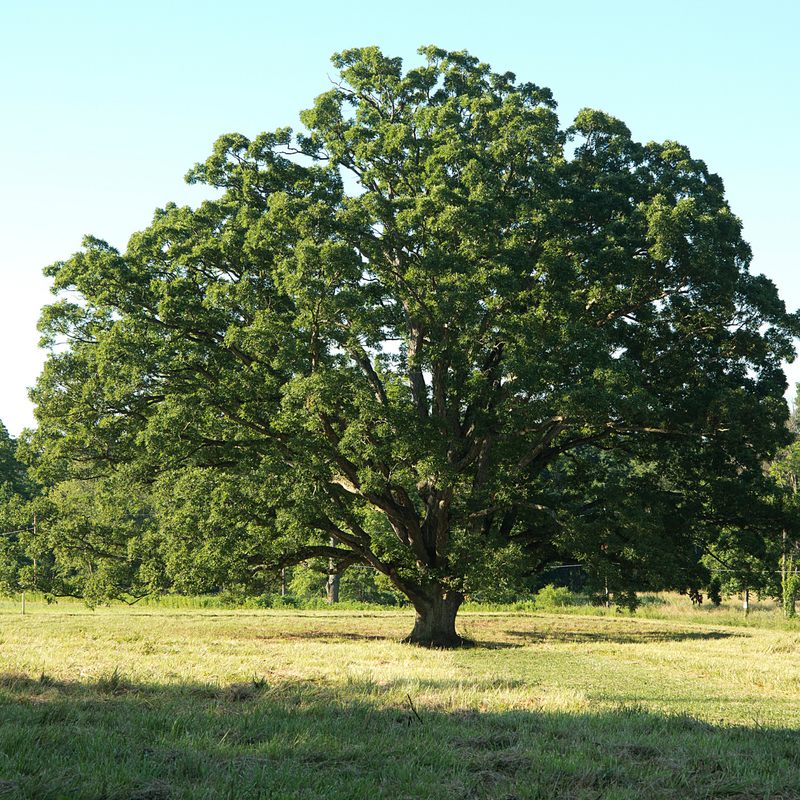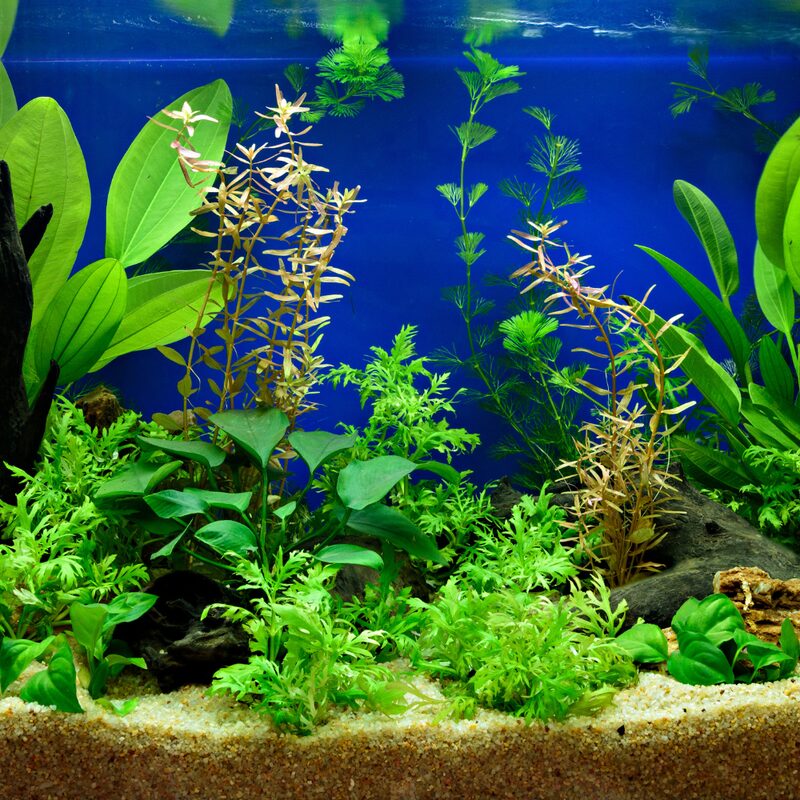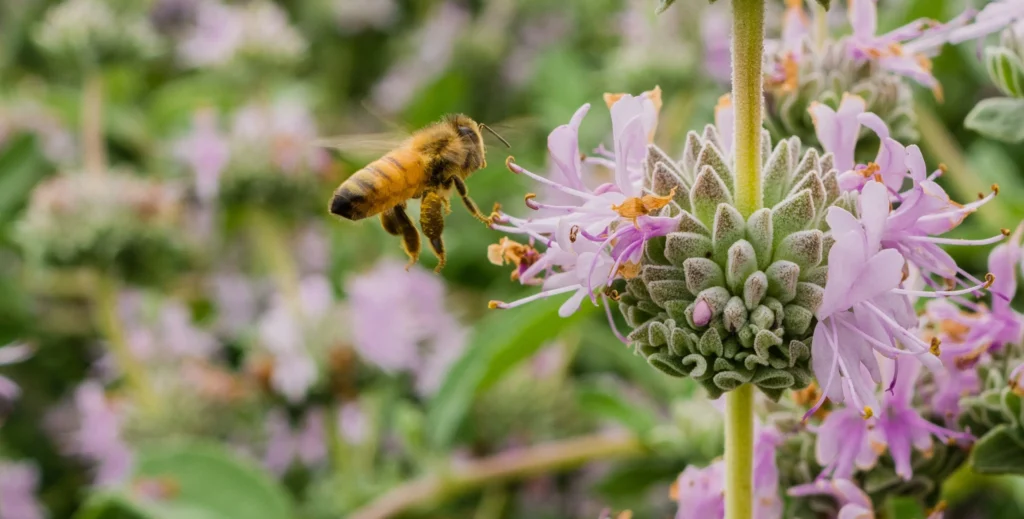Have you ever wondered why bees are disappearing at an alarming rate? Or why your garden isn’t as vibrant as it used to be? The decline of pollinators, especially bees, is a crisis that affects food production, biodiversity, and our ecosystem. Without bees, many of the foods we love—fruits, vegetables, nuts—would become scarce or even extinct.
So, how can you help? By creating a pollinator-friendly garden, you can provide a safe haven for bees and other essential pollinators while also enjoying a lush, thriving garden. Whether you have a small balcony, a backyard, or an entire farm, this guide will walk you through how to design a garden that attracts and supports pollinators year-round.
1. Understanding the Importance of Pollinators
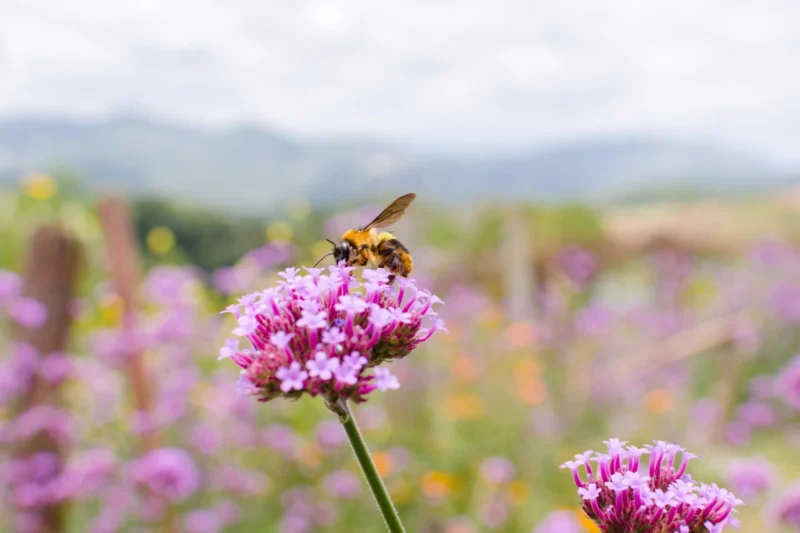
Bees and other pollinators, like butterflies, hummingbirds, and beetles, play a critical role in plant reproduction. They transfer pollen from one flower to another, allowing plants to produce fruits and seeds. According to the USDA, about 75% of flowering plants depend on pollinators.[1]
Why Are Bees in Danger?
-
Habitat loss due to urban development
-
Pesticide use, which harms pollinators
-
Climate change disrupting flowering cycles
-
Declining floral diversity
By planting bee-friendly plants and reducing chemical use, we can help reverse this decline.
2. Essential Elements of a Pollinator-Friendly Garden
If you want to attract bees and other pollinators, your garden must provide three key things: food, water, and shelter.
A. Choosing the Right Plants
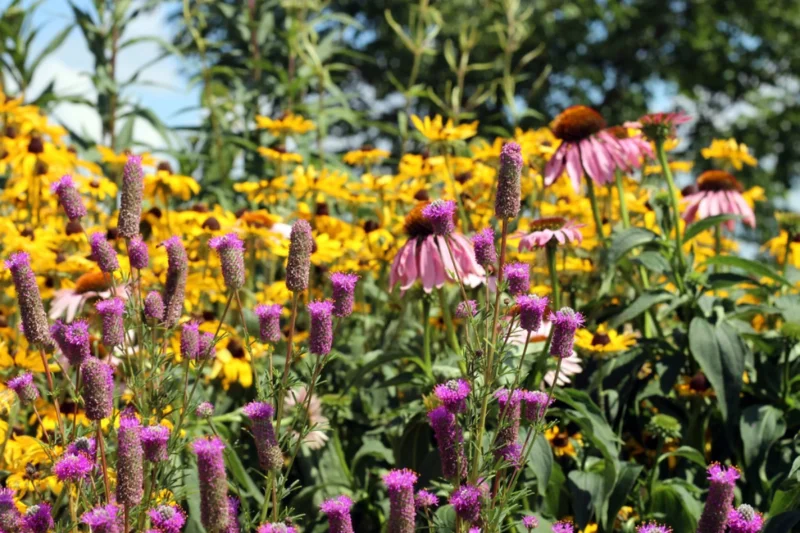
Native plants are the best choice because they have evolved alongside local pollinators. Some of the best bee-friendly plants include:
By Region (U.S.):
-
Northeast: Bee balm, goldenrod, purple coneflower
-
Midwest: Black-eyed Susan, wild bergamot, milkweed
-
South: Coral honeysuckle, blanket flower, blue mistflower
By Blooming Season:
-
Spring: Crocus, dandelion, willow trees
-
Summer: Sunflowers, clover, oregano
-
Fall: Asters, goldenrod, sedum
By selecting a variety of plants that bloom at different times, you ensure a continuous food supply for pollinators throughout the year.
Read more: Spring Gardening Checklist – How to Prepare Your Garden for Spring Growth
B. Providing Water Sources
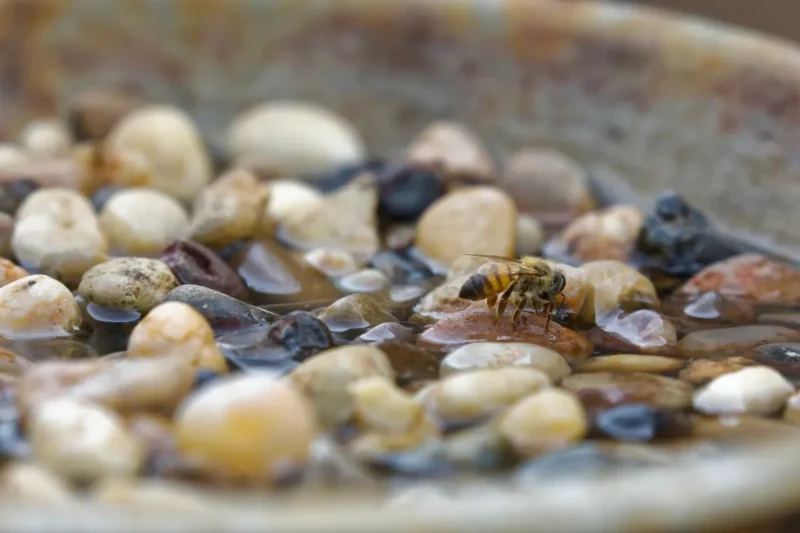
Pollinators need fresh water to stay hydrated. Simple ways to provide water:
-
A shallow dish with pebbles for bees to land on
-
A birdbath with a few floating corks
-
A small pond or a slow-dripping faucet
C. Creating Safe Shelter for Bees
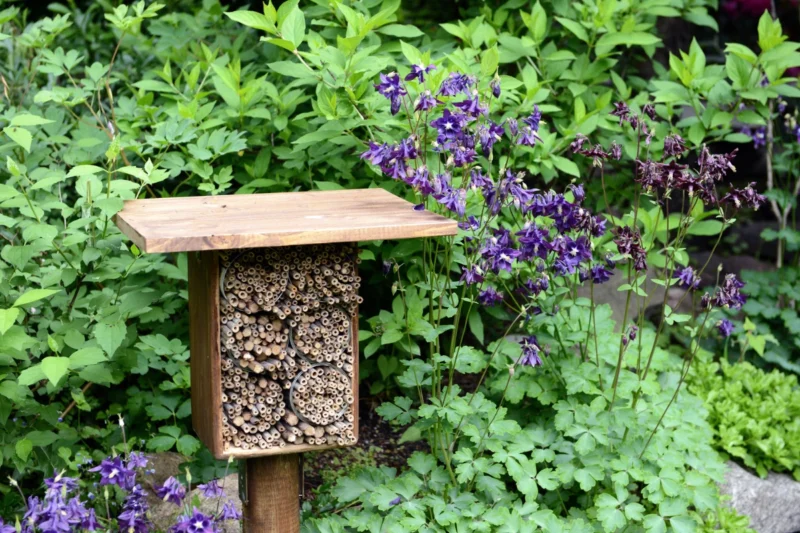
-
Leave some bare soil for ground-nesting bees
-
Install bee hotels to house solitary bees like mason bees
-
Grow dense shrubs and perennials for shelter
3. How to Attract More Bees to Your Garden
Even if you have the right plants, there are a few more things you can do to make your garden irresistible to bees.
A. Avoid Chemical Pesticides
Neonicotinoid pesticides are highly toxic to bees. Opt for organic alternatives like:
-
Neem oil
-
Insecticidal soap
-
Companion planting to deter pests naturally
B. Use Bright Colors and Fragrant Flowers
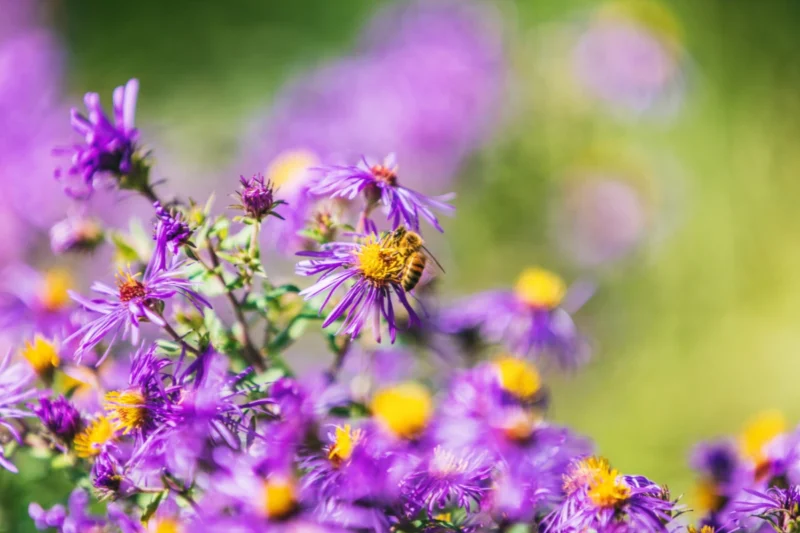
Bees are drawn to blue, purple, yellow, and white flowers. Fragrant blooms like lavender and thyme are highly attractive to pollinators.
C. Plant in Clusters
Bees prefer large patches of flowers rather than single plants scattered around. Aim for 3 ft x 3 ft clusters of the same species to make it easier for bees to forage efficiently.
D. Offer Nesting Materials
You can encourage bumblebees and solitary bees by providing hollow stems, old logs, or small woodpiles.
4. The Role of Bumblebees and Other Pollinators
You might be wondering: Are bumblebees friendly? Absolutely! Unlike honeybees, bumblebees rarely sting unless provoked. They are one of the most efficient pollinators, especially for crops like tomatoes and blueberries.
Other important pollinators include:
-
Butterflies – Prefer open, sunny spaces
-
Hummingbirds – Love tubular flowers like honeysuckle
-
Moths – Pollinate flowers that bloom at night
Each pollinator plays a unique role, so a diverse garden is key to supporting all types of pollinators.
5. How Big Should a Pollinator Garden Be?
Good news: Any size garden can help! Whether you have a tiny urban balcony or a large backyard, you can create a bee-friendly space.
General Guidelines:
-
Small gardens (5-10 sq ft): Use vertical gardening techniques and potted plants.
-
Medium gardens (10-100 sq ft): Focus on layering plants and adding a water source.
-
Large gardens (100+ sq ft): Incorporate meadows, flowering trees, and diverse plant species.
6. The Long-Term Benefits of a Pollinator Garden
Creating a pollinator-friendly garden is not just about saving bees; it benefits YOU too!
Benefits include:
-
Higher fruit and vegetable yields in home gardens
-
A beautiful, diverse landscape
-
Less reliance on synthetic fertilizers and pesticides
-
Supporting local biodiversity and wildlife
By making small, eco-friendly changes in your yard, you contribute to a healthier planet and ensure future generations can enjoy the beauty of pollinators.
Conclusion
You don’t have to be a professional gardener to make a difference. Start with a few bee-friendly plants, avoid pesticides, and provide water sources. Even a single flower pot on a balcony can help save the bees.
Now that you know how to create a pollinator-friendly garden, it’s time to take action!
Frequently Asked Questions (FAQ)
1. What are the best flowers to attract bees?
Lavender, sunflowers, wildflowers, and native plants are top choices.
2. How can I create a bee-friendly water source?
Use a shallow dish with small pebbles so bees can land safely while drinking.
3. Will a pollinator garden attract unwanted pests?
Not necessarily! The presence of pollinators often helps create a balanced ecosystem, reducing pest problems naturally.
4. Can I create a bee-friendly garden in a small space?
Absolutely! Even a windowsill garden with pollinator plants can support bees.
References
- National Institute of Food and Agriculture (NIFA). “Protecting Pollinators: Critical to Food Production.”
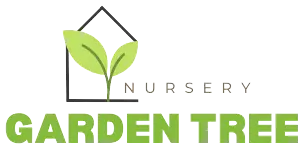
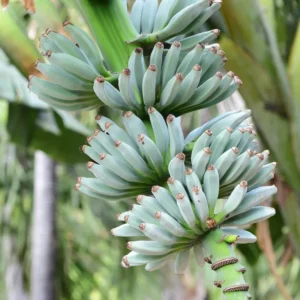 Ice Cream Banana Tree, Blue Java Banana, 4-6" Bareroot Live Plant - Vanilla Flavor Bananas - USDA Zones 8-11
Ice Cream Banana Tree, Blue Java Banana, 4-6" Bareroot Live Plant - Vanilla Flavor Bananas - USDA Zones 8-11 
